
The FA Cup Final was played at Stamford Bridge one three occasions more than one hundred years ago.
Stamford Bridge has been home to Chelsea Football Club since 1905.

The FA Cup Final was played at Stamford Bridge one three occasions more than one hundred years ago.
Stamford Bridge has been home to Chelsea Football Club since 1905.
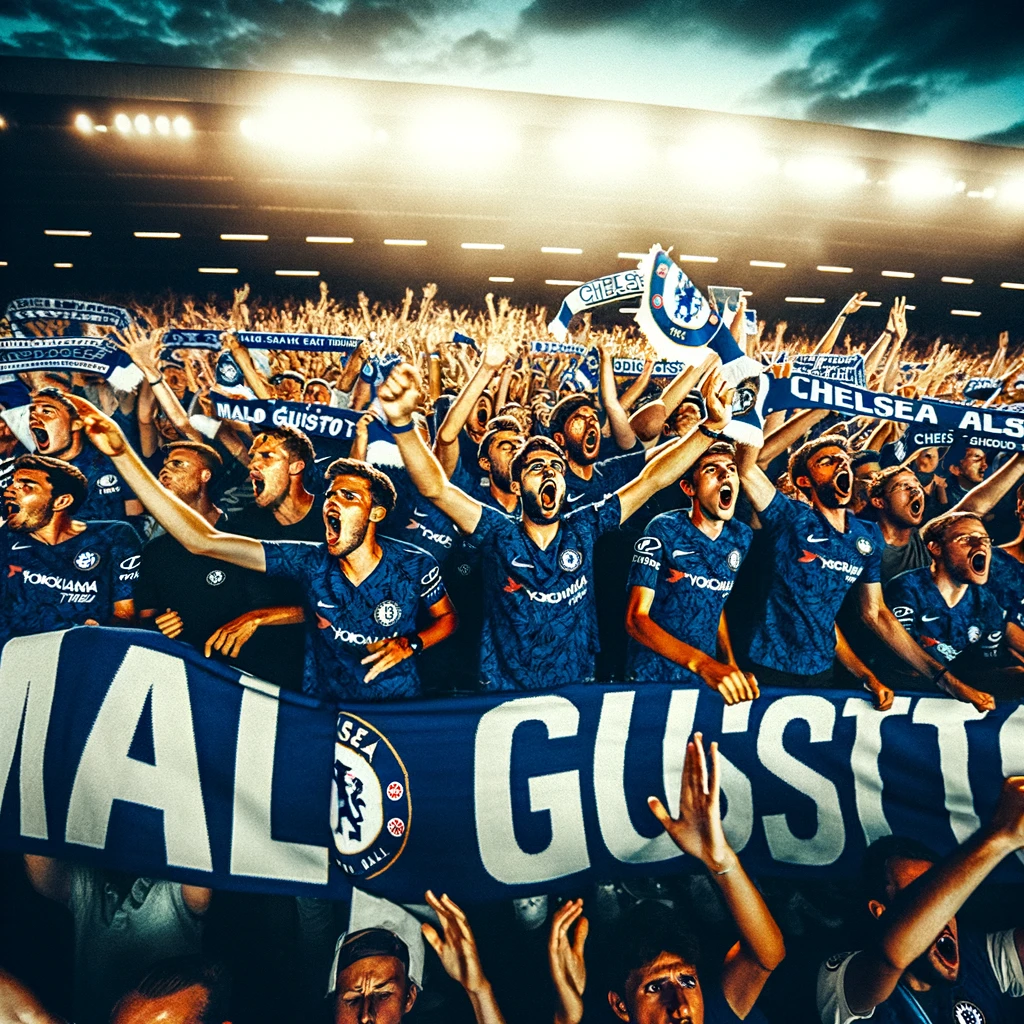
Chelsea fans started a Malo Gusto chant for the first time during Chelsea’s 2-2 draw against Brentford.
It wasn’t just the goals from Nicolas Jackson and Axel Disasi that captured the attention of the Blues’ supporters. Instead, it was the performance of right-back Malo Gusto that resonated with the fans at the Gtech Community Stadium. For the first time, the name “Malo Gusto” was chanted by the away supporters, a simple yet significant gesture of appreciation for the player’s outstanding display on the field.
Malo Gusto played a pivotal role in Chelsea’s performance against Brentford, particularly notable for his brilliant cross that set up Jackson’s goal. Paul Merson described the assist as “unbelievable.” It is his excellent displays in an underperforming team that has led to the Chelsea fans chanting his name, acknowledging Gusto’s contribution to the team.
Chelsea managed to secure a draw in a match that saw them initially take the lead through the efforts of Gusto and Jackson. However, Brentford mounted a comeback in the second half, with goals from Mads Roerslev and Yoane Wissa briefly putting the Bees ahead. It was Axel Disasi’s late header that ultimately helped Chelsea salvage a point from the encounter.
The recognition from the fans comes at a time when Malo Gusto is increasingly proving to be an essential player for Mauricio Pochettino’s Chelsea. His recent performances have been marked by a high level of consistency and quality, demonstrating both defensive prowess and offensive creativity. The chants from the Chelsea supporters are a nod to his excellent form and growing influence within the squad.
The chants for Malo Gusto by the Chelsea fans are a straightforward yet profound acknowledgment of the young player’s contributions and rising stature within the team. It reflects the connection between the players and the supporters, where moments of individual brilliance are celebrated collectively.
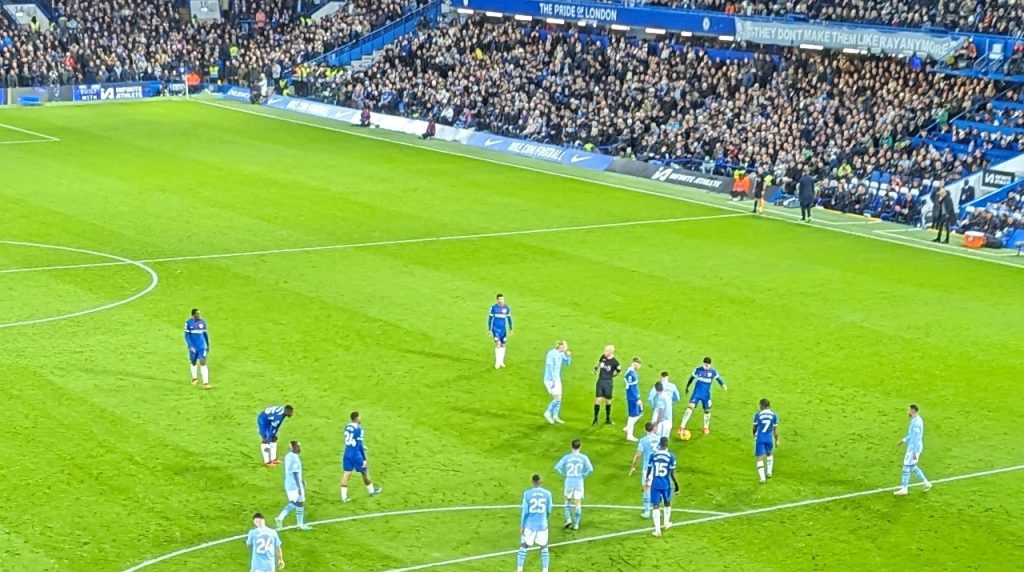
Thiago Silva became Chelsea’s oldest goalscorer at 39 years and 51 days when he headed the Blues first goal in an iconic 4-4 draw against Manchester City at Stamford Bridge.
Thiago Silva’s achievement makes him the fourth oldest player to score in the Premier League, behind Teddy Sheringham, Dean Windass, and Ryan Giggs. He will have to play at least another season to have a chance of beating the 40 years and 251 days set by Teddy Sheringham.
To celebrate his achievement, we have put together a rundown of the five oldest Chelsea goalscorers
5. John Terry (36 Years, 159 Days)
John Terry, made his Chelsea debut in 1998 and left more than 19 years later!
As captain, he led Chelsea to an era of unprecedented success, including multiple Premier League titles, FA Cups, a League Cup, the UEFA Europa League, and the 2012 UEFA Champions League. Renowned as the best defender of his generation with a knack of scoring crucial goals, Terry made over 700 club appearances, epitomizing loyalty and leadership. He left Chelsea in 2017, as the club’s most successful captain.
Aged 36 years and 159 days, Terry’s goal against Watford in his penultimate game at the club in 2017 was a great sendoff to a stunning career at Stamford Bridge where he won it all!
4. Mal Donaghy (36 Years, 167 Days)
Mal Donaghy, a defender from Northern Ireland, comes next. He is the one player on the list that cannot be classed as a Chelsea legend. Although his goal did come in a scintillating 4-3 victory over Tottenham at Stamford Bridge.
3. Gianfranco Zola (36 Years, 290 Days)
Gianfranco Zola, Chelsea in 1996 and quickly became a fan favourite for his skill and flair. In his seven-year stint, Zola helped the Blues win two FA Cups, a UEFA Cup Winners’ Cup, a UEFA Super Cup, and a League Cup. Renowned for his creative playmaking and free-kick expertise, Zola scored 80 goals in 312 appearances. He departed in 2003, etching his name as a Chelsea legend and one of the Premier League’s most gifted imports.
His final goal at 36 years and 290 days was against Everton in 2003. He left at the end of the season but it was obvious that he still had a couple of years left at the top level.
2. Didier Drogba (37 Years, 49 Days)
Didier Drogba, the Ivorian striker, joined Chelsea in 2004 and rapidly became a key figure in the club’s golden era.
His powerful style and clutch performances led to four Premier League titles, four FA Cups, three League Cups, and a decisive role in Chelsea’s first UEFA Champions League triumph in 2012.
Didier Drogba’s last goal for the club was set to be in the Champions League Final in 2012 when his first spell ended. After time in Turkey he returned to the Bridge under Jose Mourinho for a final swansong. Whilst not as prolific in his second spell he scored is final goal for Chelsea The against Leicester City in 2015.
1. Thiago Silva – The Ageless Warrior (39 Years, 51 Days)*
To Thiago Silva age is just a number, after joining the club in 2020 he has shown consistent age-defying form that has seen him win the Champions League and be voted the club’s Player of The Year Award for 2022-2023.
So far he has made 94 appearances and scored six goals.
Despite his age, Silva’s remarkable ability to perform at the highest level sets him apart. His goal against Manchester City at 39 years and 51 days old wasn’t just a goal; it was a testament to his enduring class and fitness. Silva continues to show the passion of someone twenty years younger.
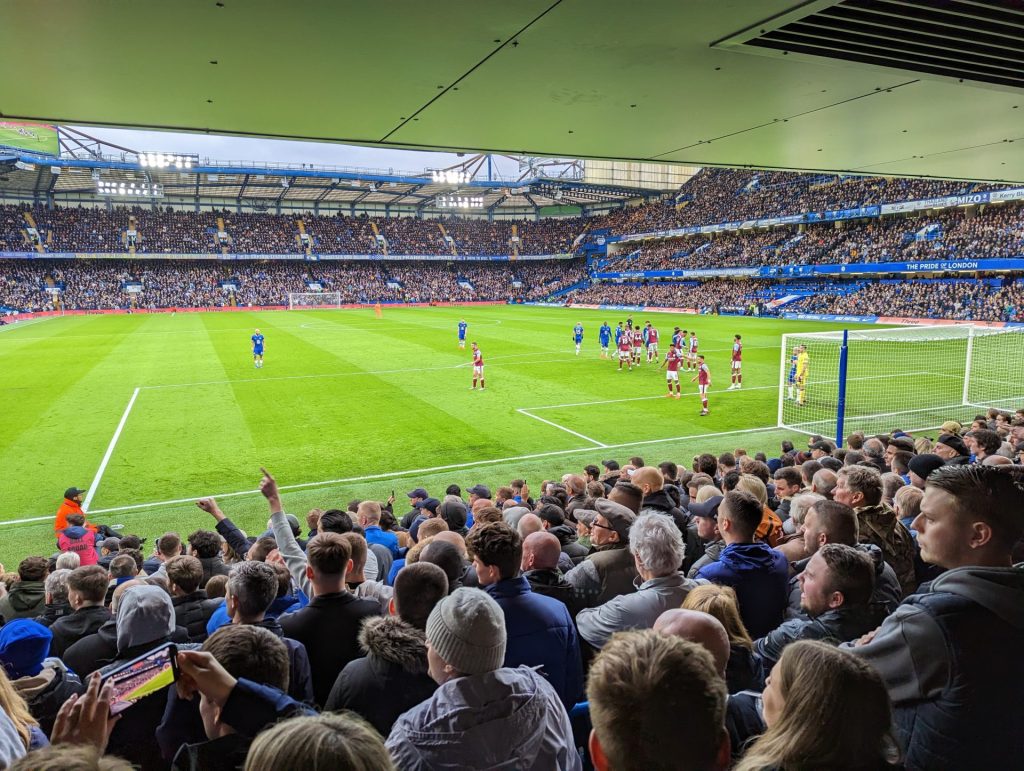
The worst place to sit at Stamford Bridge depends on what you are looking for from a matchday experience, if you want a sedate and luxury matchday then the Matthew Harding and Shed End are probably not for you.
Previously we have looked at the Best Place to sit at Stamford Bridge
Previously we have looked but let’s face it, some spots don’t quite offer the premium experience we seek. Let’s reflect on the less desirable seats to help you make an informed decision.
Undeniably, labelling a spot as the ‘worst’ is largely subjective and depends on personal preferences and what you value most during your visit. Getting Chelsea tickets is hard enough, so just being in the stadium means you have a great view.
Atmosphere
If the raucous energy of a passionate crowd isn’t your cup of tea, then it’s best to avoid the Shed End or Matthew Harding Stand. These areas house the most vocal supporters, and while some fans feed off this energy, it may be too overwhelming for others, who don’t want to hear middle age men swearing at millionaires. 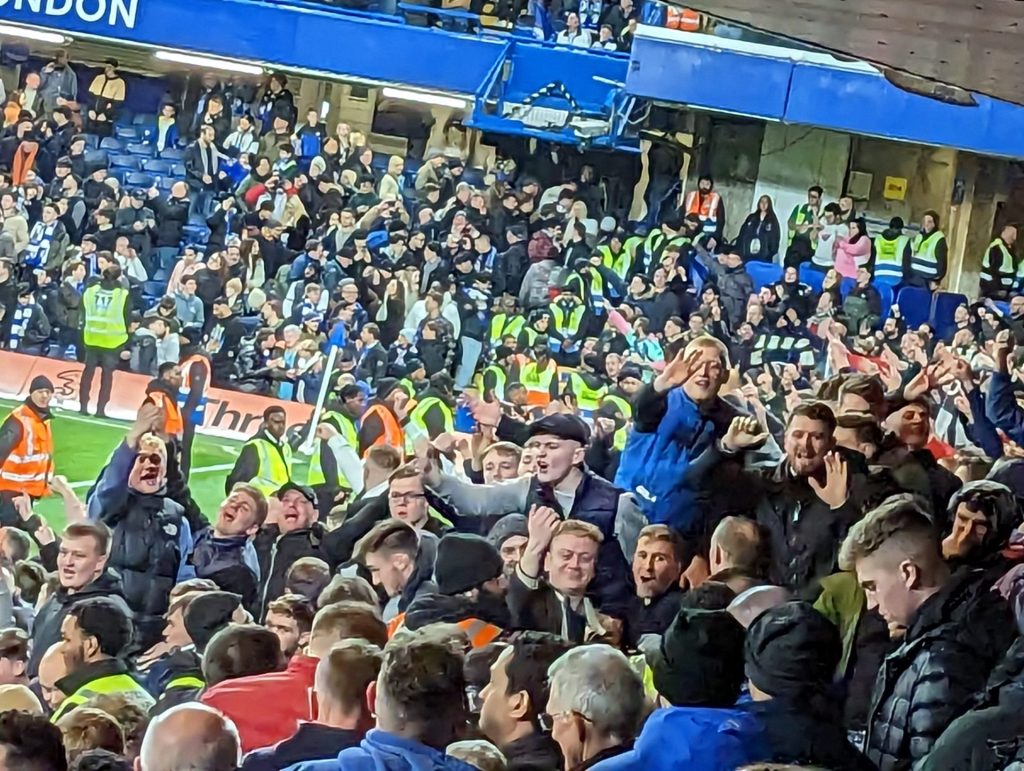
You also have to consider in the Shed End and East Stand the proximity to the away fans, that adds to the atmosphere, but may not be suitable for those with children.
View & Closeness To The Pitch
Interestingly, the seats closest to the action can offer the least desirable views. While you may hear the players’ exchanges and feel immersed in the game, you might find it difficult to follow the action, particularly when play moves to the far end of the pitch.
Sitting or Standing
After lots of campaigning, “safe standing” is now at the Matthew Harding and Shed End’s of the ground. This is great for fans that love the atmosphere, but those that struggle to stand for large periods may find it uncomfortable as although you have a seat you won’t be able to see much as everyone around you will be standing.
Restricted View
There are tickets in some areas where your view of the pitch will not be great and your ticket may be marked “restricted view” so these seats are less reliable.
Comfort & Hospitality
While the West Stand Upper offers heated seating and padding for comfort, the premium services come at a cost. If you’re budget-conscious and prefer a standard, no-frills game experience, these plush accommodations might not be worth their higher price tag.
Cost
The West Stand, known for its stellar views, also carries the heftiest ticket prices. If you’re watching your budget, you might want to consider seats in other areas of the stadium that offer more affordability.
While we’ve covered almost every stand, the East Stand warrants a mention. It’s home to the press, the family section, and the oldest, three-tiered stand at Stamford Bridge. But compared to the energetic atmosphere of the Shed End or Matthew Harding and the luxury of the West Stand, the East Stand might seem somewhat bland.
The ‘worst’ place to sit at Stamford Bridge is a matter of perspective. If the passionate energy of the crowd overwhelms you, or if you value a wide-angle view of the pitch over closeness to the action, then the Shed End or Matthew Harding may not be for you. Similarly, if you’re cautious about costs, you might want to avoid the plush West Stand. Lastly, while rich in history, the East Stand may not offer the excitement or luxury of the other stands.
In the end, wherever you decide to sit, the thrill of watching the Blues in action remains unbeatable! We look forward to seeing you back in the stands soon!
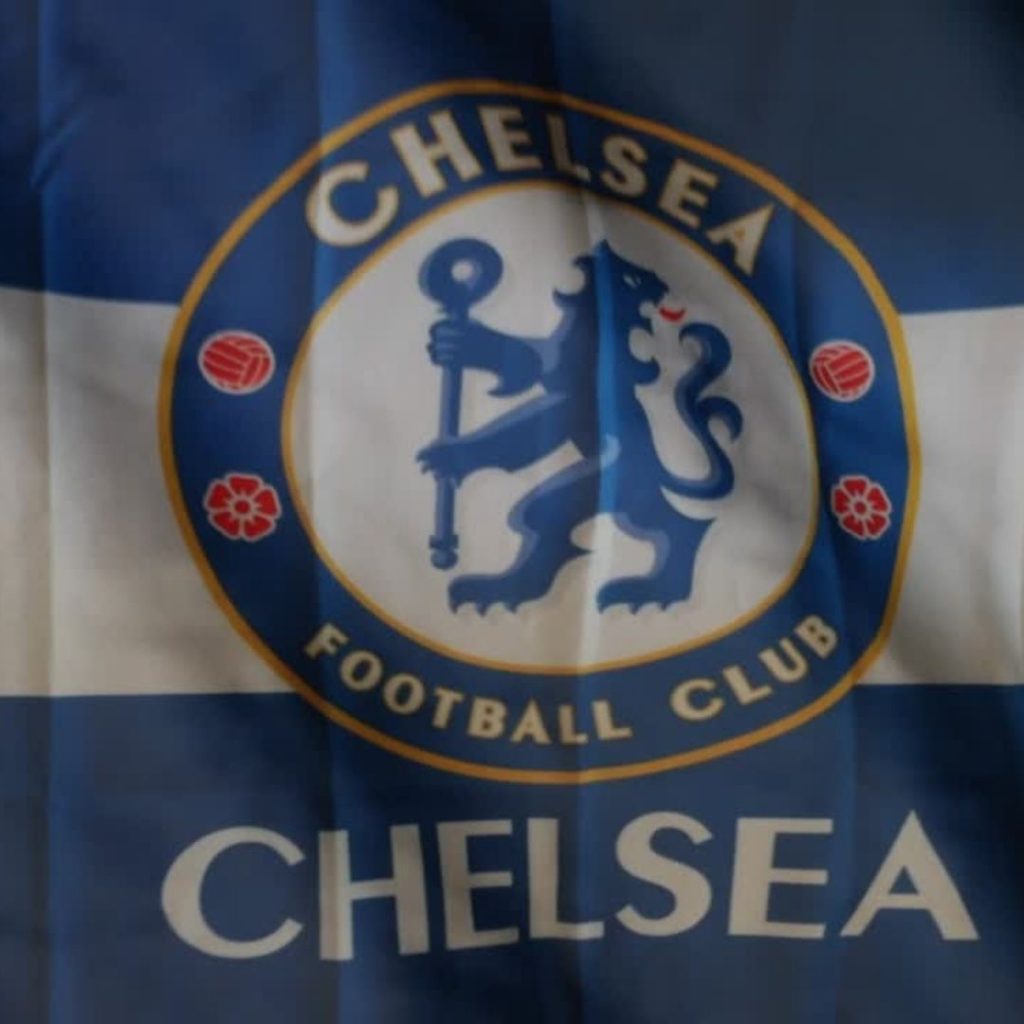
To celebrate Luton’s promotion to the Premier League we thought we would remember the most iconic game featuring the Hatters.
The 1994 Chelsea vs Luton FA Cup semi-final was a clash of two clubs about to go on two entirely different trajectories. Chelsea getting to Wembley was rare back in the 1990’s and it was the first time Chelsea had looked capable of winning the FA Cup in decades.
So, as we look back at that memorable 1994 FA Cup semi-final, join us in revisiting a piece of Chelsea history that shaped the club’s identity and was a key marker in the club’s rebirth that culminated in winning the Champions League in 2012.
Although Chelsea went on to lose the 1994 FA Cup final it was a key part of our transformation and a memorable day for the author as it was my first time at Wembley to watch Chelsea aged just 7.
Under the stewardship of manager Glenn Hoddle, the Blues had demonstrated a brand of football that was effective and engaging to watch. Hoddle, a former England international, had instilled a sense of tactical discipline and creative freedom in the squad and setting the scene for the arrival of stars such as Ruud Guillit and Gianluca Vialli.
Luton Town, under the management of David Pleat who was in the stands for the Playoff final, were the underdogs but could not be underestimated. .
The Chelsea starting lineup for the match boasted a balanced mix of defensive solidity and offensive prowess.
Chelsea XI:Dmitri Kharine, Erland Johnsen, Jakob Kjeldberg, Frank Sinclair, Steve Clarke, Eddie Newton, Dennis Wise, Craig Burley (Darren Barnard), Gavin Peacock, Tony Cascarino, John Spencer
Luton Line Up – Whilst we won’t list the entire team, the opposition featured former Chelsea legend Kerry Dixon!
First Half
From the first whistle, Chelsea came out of the blocks like a team on a mission. Their display of power and pace showed who was boss, both on the pitch and in the aerial duels. Barely into the 13th minute, a pivotal scene marked the beginning of a long afternoon for Luton. Tony Cascarino, Chelsea’s aerial powerhouse, directed a long-range free-kick from Frank Sinclair towards John Spencer, who slid the ball to Gavin Peacock. With a swift left-footed strike from just 10 yards out, Peacock made no mistake in finding the back of the net.
Despite Luton’s attempts to keep their cool and keep the ball moving, Chelsea’s staunch defence didn’t give them much room to breathe, let alone progress into dangerous territories. Their only real threat in the first half came from a shot by Kerry Dixon, which Chelsea’s goalie, Dmitri Kharin, collected with ease.
Second Half
The second half saw Chelsea pick up from where they left off, with another key header from Cascarino just three minutes in. An exchange between Peacock and Spencer concluded with Peacock slotting the ball past Luton’s goalkeeper, Jurgen Sommer, near the penalty spot, extending Chelsea’s lead to 2-0.
Despite Luton’s best efforts, they found it hard to break through Chelsea’s rock-solid defence led by Erland Johnsen and Jakob Kjeldbjerg. With the Blues’ defence on lock-down, Luton found themselves stranded in their attempts to make a comeback.
The match’s closing stages saw a commendable one-handed save from Sommer, preventing Peacock from bagging a hat-trick, but it was too little too late. The final whistle confirmed Chelsea’s well-earned 2-0 victory.
Post-match, managers from both sides were unanimous in acknowledging Chelsea’s supremacy. Glenn Hoddle praised the team’s defensive resilience and the crucial goals that made the difference. He gave Peacock, Eddie Newton, John Spencer, and Dennis Wise a special nod for their outstanding performances.
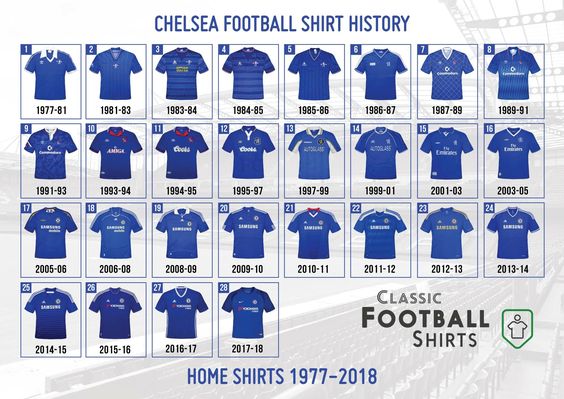
Blue is synonymous with Chelsea Football Club; the iconic royal blue is central to our folklore, flags, songs, chants and kits.
Let’s look at the history of why Chelsea wear blue, the choice of colour and how it has come to represent the club’s spirit.
Chelsea have been wearing blue since our inception in 1905.
Chelsea’s adoption of the colour blue was influenced by its historical connections to the British monarchy and the local aristocracy.
The land around Stamford Bridge was built on land once owned by the Earl of Cadogan. The Cadogan family’s coat of arms featured blue and the famous lion found on the modern club badge.
These combined factors explain why Chelsea chose Blue.
For Chelsea supporters, the colour blue is more than just a visual representation of their club; it embodies our passion, loyalty, and unity.
As part of Chelsea’s 1972 League Cup Final run the song “Blue is The Colour” was released and despite losing the game, this tune became the official anthem of Chelsea Football Club.
Chelsea’s blue kit has evolved in terms of design and shade over the years.
From the early years, the club’s kit featured a lighter blue shade known as Eton blue, derived from the prestigious Eton College, an independent boarding school in Berkshire, England.
In the 1950s, under the management of championship-winning manager Ted Drake, Chelsea switched to a darker shade of blue known as Royal Blue.
The change in colour was part of a broader rebranding effort to modernise the club and foster a more professional image.
During this period, the club also redesigned its crest, incorporating the Cadogan lion rampant, a symbol of strength and courage, which remains a core part of Chelsea’s identity today.
Whilst the shade and design may change slightly from year to year, when it comes to Chelsea Blue will always be the colour!
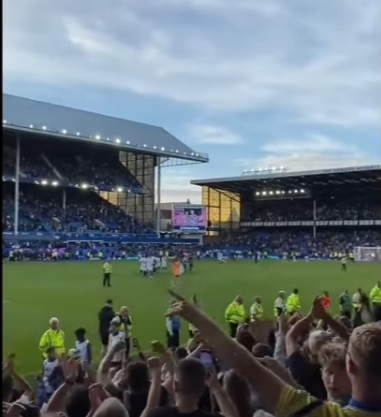
Despite having only made a brief cameo appearance against Everton for his debut there is already a Chelsea Cucurella song being sung by the away fans at Goodison.
The Chelsea Cucurella song goes something like this
Cucurella, Cucurella
He eats Paella, drinks Estrella
His hair’s f*cking massive
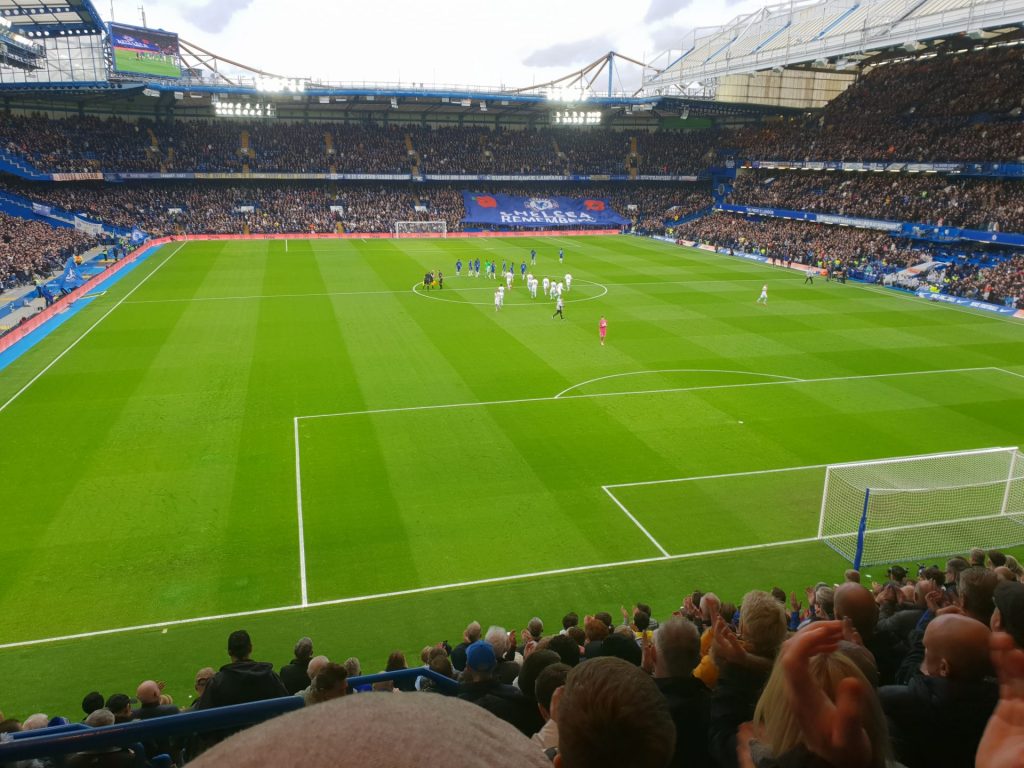
Standing at Stamford Bridge returned after nearly 28 years against Liverpool with rail seating in the Shed End and the Matthew Harding Lower.
Hopefully, this will help boost the matchday atmosphere and bring back some of the positive spirit of the terraces whilst leaving behind the bad.
A return to safe standing at Stamford Bridge has involved years of campaigning from fan groups and many false dawns but now standing is allowed in the entire Shed End and the Matthew Harding Lower.
Fans will still have an allocated seat, but they will now have a choice as to whether they use it.
The Hillsborough Disaster in 1989 was responsible for the tragic death of 97 football fans.
It led to the launch of a full investigation, the outcome of which was the Taylor Report.
The report recommended that stadiums should be converted to an all-seater model and that all ticketed spectators should have allocated seats.
Whilst the report did not say that standing was unsafe the government legislated that no standing would be allowed.
A deadline of August 1994 set for clubs in the Premier League and Championship to comply.
On the 7th of May 1994 Chelsea faced Sheffield United in the last game before the new regulations became law and the Shed End terracing was closed to be rebuilt, with modern seating, concourses, and overzealous stewards.
Whilst some of these changes were for the better, the removal of standing had a negative impact on atmospheres across the Premier League.
The cause for this was the introduction of allocated seating making it harder for fans to congregate and the way that standing makes fans feel more involved in the action and is far more conducive to singing and generating atmosphere.
Whilst an allocated seat is important for safety and crowd control, the desire for fans to stand whilst watching football has never disappeared.
If you have been to watch Chelsea at an away game out of the watch of home stewards’ fans watch the entire game standing. After a few years of trying to enforce seating on away fans most clubs simply gave up.
At home fans in the lower tiers of the Shed End and Matthew Harding Lower have spent the last twenty years doing battle with stewards trying to enforce rules against standing.
Maybe the tolerance of standing will see a better relationship with fans and stewards who can focus on things that will actually keep fans safe.
A return to partial standing has made sense from day one, but it has taken a long time to get there.
The campaign to get seating back has been a long one that has brought fans across the country together. Fan groups including the Football Supporters Association have coordinated, lobbied and campaigned for nearly 32 years before we reached this point.
The challenge being for fans to convince their clubs, the Premier League and the government that there was a safe version of standing. This was a painstaking journey and we tip our hats to all those that fought the good fight.
Whilst allocated seating is a must in modern stadia, the introduction of rail seating is a huge coup for fans and should help revive atmospheres.
The introduction to safe standing is a great victory for supporters and should in theory lead to more fan involvement and a better atmosphere. For those not wanting to stand they will still be able to sit in the West, East or Matthew Harding Upper stands. (see our list of best place to sit at Stamford Bridge)
The proof will be in the results, but we look forward to finding out.
Editors Note - Fans standing in all-seater stadiums without rail seating was arguably quite unsafe with the risk of falling over the seat in front often quite high, particularly when getting to your seat or celebrating a goal.
During the pandemic, Chelsea membership was postponed as there was very little prospect of members being able to watch matches live. With crowds slowly returning the club has announced the Chelsea 2021-22 membership prices.
This confirms that 2021-22 Chelsea membership prices will stay the same as the 2019-20 rates with discounts available for juniors and teens.
Getting a Chelsea membership is the easiest and most effective way of getting access to Chelsea tickets for games throughout the season and is a prerequisite to getting enough points for key games and ultimately a season ticket.
Also who would not want to be a member of the Champions of Europe?

Since the Premier League started in 1992 there have been more than 240 managers. The club to have had the most managers is Newcastle United with current manager Steve Bruce the 23rd manager to take charge of the Geordies during the Premier League era.
We were surprised when we saw that it was Newcastle with most managers. It does make sense though a yo-yo history in the league and high expectations from fans and ownership make high manager turnover inevitable.
Given our record with managers, I thought we would top the list. We could reclaim our spot at the top of this hall of shame as we are tied for 2nd in the list just one behind Newcastle.
Frank Lampard is our 22nd manager during the Premier League era if you include caretakers such as Ray Wilkins and Graham Rix who each had temporary roles in charge for a game or two between permanent managers.
Chelsea are currently tied in second with Spurs who are managed by Jose Mourinho who has managed the Blues twice, this list counts every managerial change so Mourinho counts as 2 for Chelsea. Also the clubs have both had Andre Villas-Boas as manager in recent years.
Let’s hope our number does not move for a long time and that the Mourinho magic fails to materialise and we move down the list.
Number of Managers
|